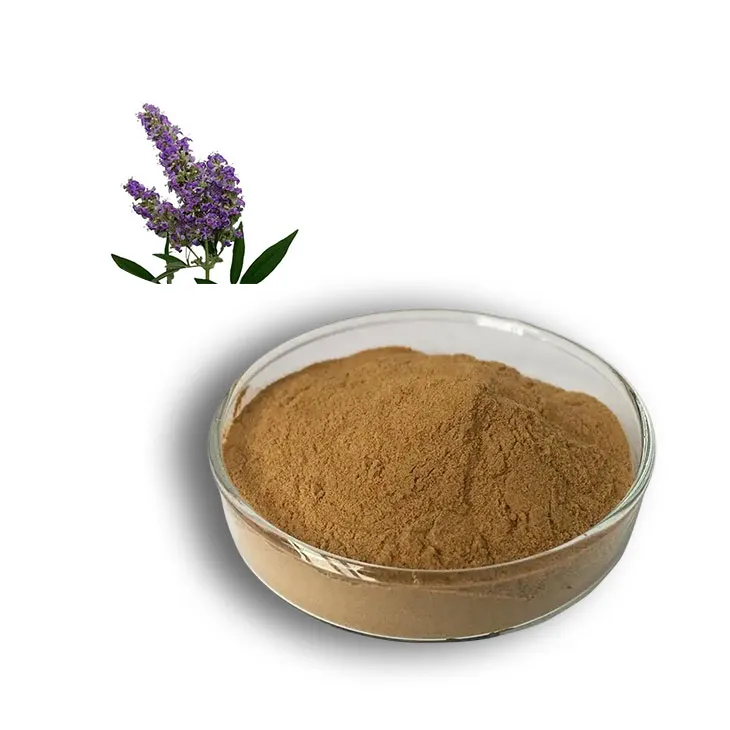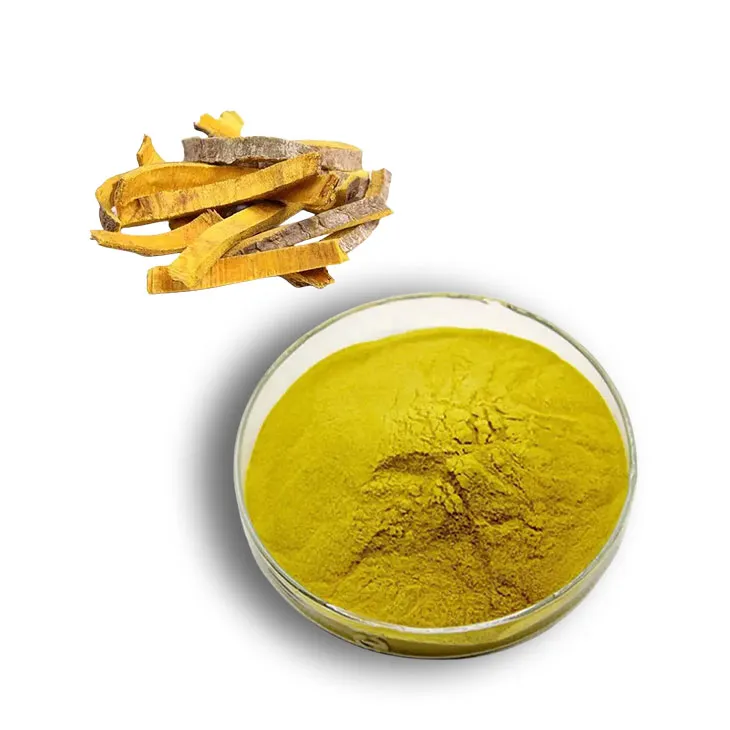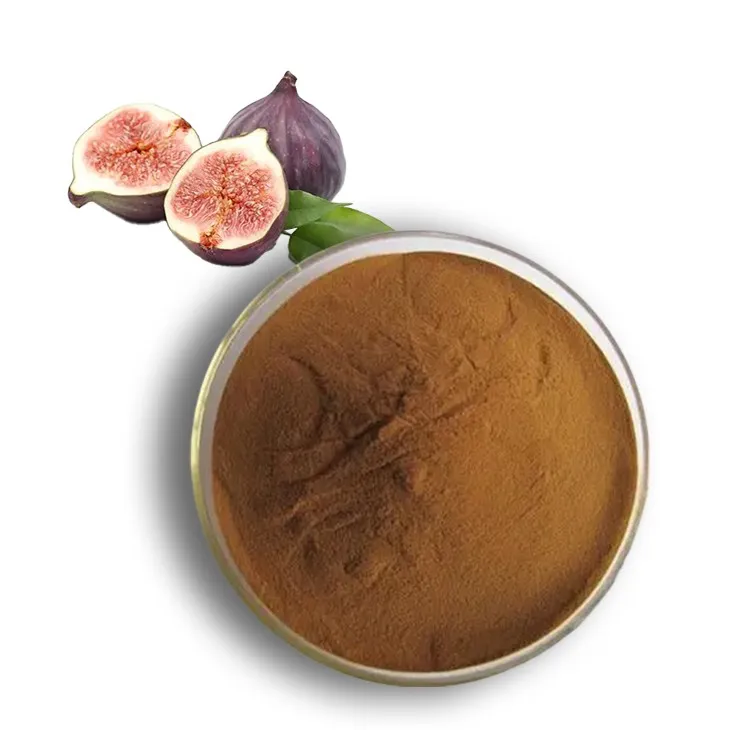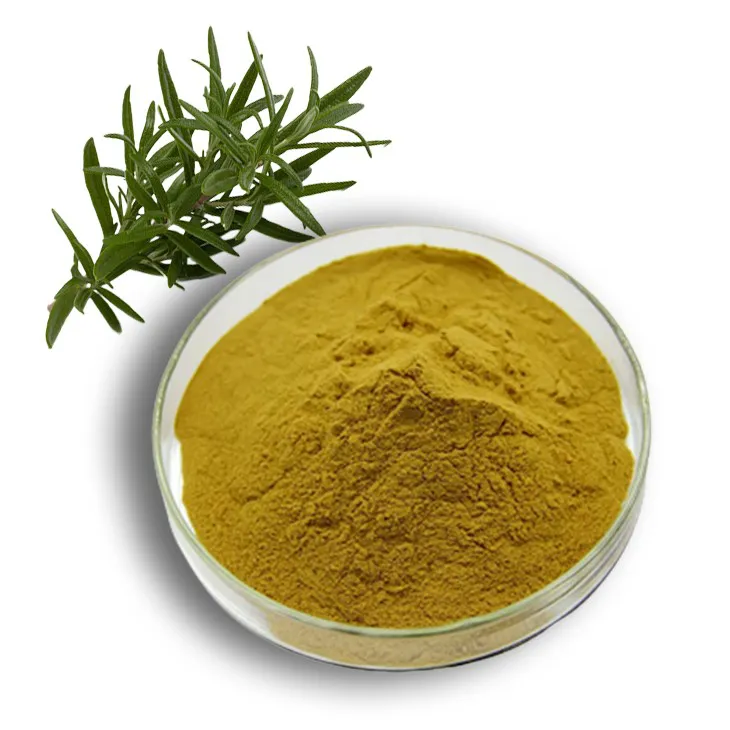- 0086-571-85302990
- sales@greenskybio.com
Stage 4 Hemorrhoids: Causes, Symptoms, and Treatment Options
2025-10-25
Hemorrhoids, commonly referred to as piles, are swollen veins in the lowest part of the rectum and anus. When these veins become enlarged, they can cause a range of uncomfortable symptoms. Hemorrhoids are a common condition, affecting millions of individuals worldwide. They are classified into four stages based on their severity, with stage 4 being the most severe. This article provides a comprehensive exploration of stage 4 hemorrhoids, discussing their causes, symptoms, potential complications, and treatment options to better inform those affected by this condition.
Classification of Hemorrhoids
Hemorrhoids are generally categorized into two types: internal and external. Internal hemorrhoids occur within the rectum and are usually painless, though they can cause bleeding. External hemorrhoids develop under the skin around the anus and can be painful. When it comes to grading internal hemorrhoids:
Stage 1: These are mild hemorrhoids that may bleed but do not protrude out of the anus.
Stage 2: Hemorrhoids that may prolapse outside the anus during bowel movements but retract on their own.
Stage 3: Hemorrhoids prolapse and must be manually pushed back into the anal canal.
Stage 4: These are the most severe hemorrhoids, which remain prolapsed outside the anus and cannot be manually reduced; they often require treatment to alleviate symptoms and prevent complications.
Causes of Stage 4 Hemorrhoids
Several factors can contribute to the development and progression of hemorrhoids to stage 4:
Chronic Constipation or Diarrhea: Persistent straining during bowel movements or frequent diarrhea can increase pressure on rectal veins.
Sedentary Lifestyle: Prolonged sitting, particularly on the toilet, stresses the anal and rectal veins.
Heavy Lifting: Regular heavy lifting increases abdominal pressure, contributing to hemorrhoids.
Pregnancy: The increased pelvic pressure during pregnancy can lead to hemorrhoid development.
Obesity: Excessive body weight puts additional stress on the pelvic veins.
Aging: The tissues supporting the veins in the rectum and anus weaken with age, increasing the risk of hemorrhoids.
Symptoms of Stage 4 Hemorrhoids
Stage 4 hemorrhoids are markedly distinct from less severe hemorrhoids due to their persistent prolapse and more pronounced symptoms:
Constant Discomfort: There is often a persistent sensation of discomfort or pain around the anal area.
Swelling and Inflammation: Noticeable swelling around the anus, often accompanied by inflammation.
Bleeding: Bright red blood may be seen on toilet paper, in the toilet bowl, or coating the stool during bowel movements.
Irritation and Itching: Continuous irritation from prolapsed hemorrhoids can cause itching and general discomfort.
Mucus Discharge: Occasional mucus discharge may occur, potentially leading to hygiene issues and further irritation.
Difficulty in Cleaning: Maintaining cleanliness can be challenging, which may exacerbate symptoms or lead to infections.
Potential Complications
If left untreated, stage 4 hemorrhoids can lead to several complications, including:
Thrombosis: The blood within the hemorrhoid may clot, causing severe pain and inflammation, referred to as a thrombosed hemorrhoid.
Strangulation: The blood supply to a prolapsed hemorrhoid may be cut off, leading to extreme pain and potentially requiring emergency treatment.
Infection: Prolonged irritation and disruption of skin integrity increase the risk of infection around the anus.
Anemia: Chronic bleeding from hemorrhoids might lead to anemia due to significant blood loss over time.
Treatment Options for Stage 4 Hemorrhoids
The treatment of stage 4 hemorrhoids often requires more intensive interventions than earlier stages. The options include:
Lifestyle and Dietary Adjustments: Though not sufficient alone for stage 4 hemorrhoids, improved lifestyle choices are critical for supporting other treatments and preventing recurrence. This includes a high-fiber diet, adequate hydration, and regular exercise to prevent constipation and promote bowel regularity.
Topical Treatments: Certain over-the-counter creams and ointments may provide temporary relief from symptoms like itching and discomfort. These treatments are supplementary and do not address the underlying prolapse.
Minimally Invasive Procedures: Various techniques like rubber band ligation, sclerotherapy, and infrared coagulation might be considered for addressing less severe prolapses, but they are generally not adequate for stage 4 hemorrhoids.
Surgical Interventions: Surgery is often necessary for stage 4 hemorrhoids due to persistent symptoms or complications. Options include:
Hemorrhoidectomy: A surgical procedure to remove hemorrhoidal tissue and is considered very effective for severe hemorrhoids. Recovery can be painful, but the results are usually good.
Stapled Hemorrhoidopexy: This procedure removes less tissue and causes less postoperative pain, though there is a higher risk of recurrence compared to surgical removal.
Doppler-Guided Hemorrhoidal Artery Ligation: A less invasive surgical option that uses ultrasound to identify and tie off the blood vessels supplying the hemorrhoid.
Pain Management: Post-surgical pain can be managed with prescribed pain relief medications to enhance recovery and comfort.
Conclusion
Stage 4 hemorrhoids represent a significant and severe progression of this common condition, requiring comprehensive management to alleviate symptoms and prevent complications. Awareness of the causes, symptoms, and treatment options is crucial for affected individuals. Those experiencing persistent or severe symptoms should seek medical evaluation to receive appropriate treatment recommendations. With timely and effective intervention, individuals can alleviate their symptoms and improve their quality of life, while preventive measures help to reduce recurrence and support general gastrointestinal health.
- ▶ Hesperidin
- ▶ citrus bioflavonoids
- ▶ plant extract
- ▶ lycopene
- ▶ Diosmin
- ▶ Grape seed extract
- ▶ Sea buckthorn Juice Powder
- ▶ Beetroot powder
- ▶ Hops Extract
- ▶ Artichoke Extract
- ▶ Reishi mushroom extract
- ▶ Astaxanthin
- ▶ Green Tea Extract
- ▶ Curcumin Extract
- ▶ Horse Chestnut Extract
- ▶ Other Problems
- ▶ Boswellia Serrata Extract
- ▶ Resveratrol Extract
- ▶ Marigold Extract
- ▶ Grape Leaf Extract
- ▶ blog3
- ▶ Aminolevulinic acid
- ▶ Cranberry Extract
- ▶ Red Yeast Rice
- ▶ Red Wine Extract
-
Honeysuckle Pollen
2025-10-25
-
Acerola Extract
2025-10-25
-
Chasteberry Extract
2025-10-25
-
Beetroot juice Powder
2025-10-25
-
Yohimbine Bark Extract
2025-10-25
-
Phellodendron Extract
2025-10-25
-
Reishi mushroom extract
2025-10-25
-
Fig Extract
2025-10-25
-
Rosemary extract
2025-10-25
-
Senna Leaf Extract
2025-10-25





















